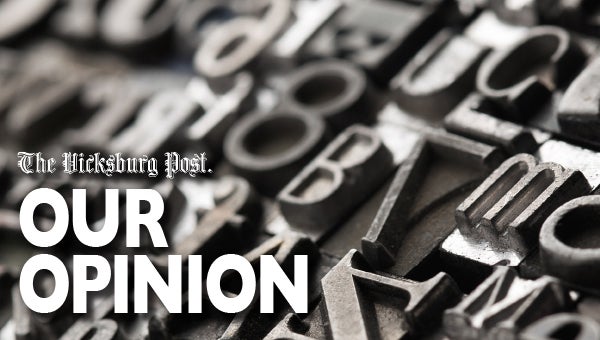A long, strange history
Published 11:05 am Thursday, April 17, 2014
A Warren County man’s arrest last week for possession of LSD has spurred a lot of conversation and research about the illicit drug that I thought was all but extinct.
LSD — commonly called acid — is just one of those things that I figured went out of style with bellbottom jeans.
The drug, of course, reached its peak in illicit usage during the Woodstock generation, but its roots couldn’t be further from throngs of patchouli-scented hippies who are commonly thought of as exploiting and abusing the drug.
A man whose intention was saving the lives of new mothers first made the substance in the 1930s in a lab near the border where Switzerland meets France and Germany.
Chemist Albert Hofmann developed the substance in 1938 while designing methergine — a drug that helps prevent post-partum hemorrhage, which at the time was the top reason why women died in childbirth.
Hofmann all but forgot about LSD until, during the height of World War II, he created another specimen for analysis.
On April 16, 1943, Hofmann made a new sample, but accidently got some of the chemical on his hand.
“In a dreamlike state, with eyes closed (I found the daylight to be unpleasantly glaring), I perceived an uninterrupted stream of fantastic pictures, extraordinary shapes with intense, kaleidoscopic play of colors,” Hofmann wrote in his research report.
Three days later, Hofmann decided to become the subject of his own experiment. On the same day that Jews in Warsaw were in the throws of rebellion against the Nazis, Hofmann, with the help of a research assistant and a physician, took the world’s first intentional dose of LSD.
And it turns out he took about 10 times more of the drug than needed to feel its effects and then rode his bicycle home as the hallucinations began to take hold.
His account of the ordeal is horrific.
“A demon had invaded me, had taken possession of my body, mind, and soul … I was seized by the dreadful fear of going insane,” Hofmann wrote in his aptly-titled memoir “LSD: My Problem Child.”
After the effects of the drug began to subside, Hofmann describes feeling “of good fortune and gratitude,” and the next day, he writes, he felt that “a sensation of well-being and renewed life flowed through me.”
He began to advocate for the use of the drug in neurology and psychiatry, and it was used in both fields in the United States until it was federally banned in 1968.
In the 1950s trials showed that LSD administered in a single dose under the care of a doctor had potential to help alcoholics break their addiction.
And though Hofmann remained a staunch supporter of the clinical LSD use until his death in 2008 at age 102, he was against the rampant misuses of the drug and always felt that his creation was meant to help lives rather than destroy them.
“I was not surprised that it became a ritual drug in the youth anti-establishment movement, but I was shocked by irresponsible use that resulted in mental catastrophes,” Hofmann told Playboy magazine in 2006.
Perhaps if the young man arrested last week had actually listened to the creator of the drug he was caught with, he would have never tried LSD in the first place.
•
Josh Edwards is a reporter and can be reached by email at josh.edwards@vicksburgpost.com or by phone at 601-636-4545.




